
Travel in COVID-19 times
TRAVEL IN COVID-19 TIMES
With a world pandemic going on, travelling has seemed to many people hardly doable. But as governments have established new travelling rules and procedures, it’s now again possible to realize your dream trip.
Pre-departure tests, insurances, special visas and hygienic measures are things to be aware before start planning your next trip.
Flights are available again, even if in a lower number. Check with the airline the scheduled flights and get on board!
Immigration dispositions are in continuous evolution, so make sure to keep an eye on the official websites of the Embassy of the country you are willing to visit.
If your holidays’ mindset is strong enough to make you organise in details your trip to escape the cold North Hemisphere winter, you will then be rewarded with less crowded destinations and eventually a slice of paradise just for yourself.
Updated at 06th December 2020
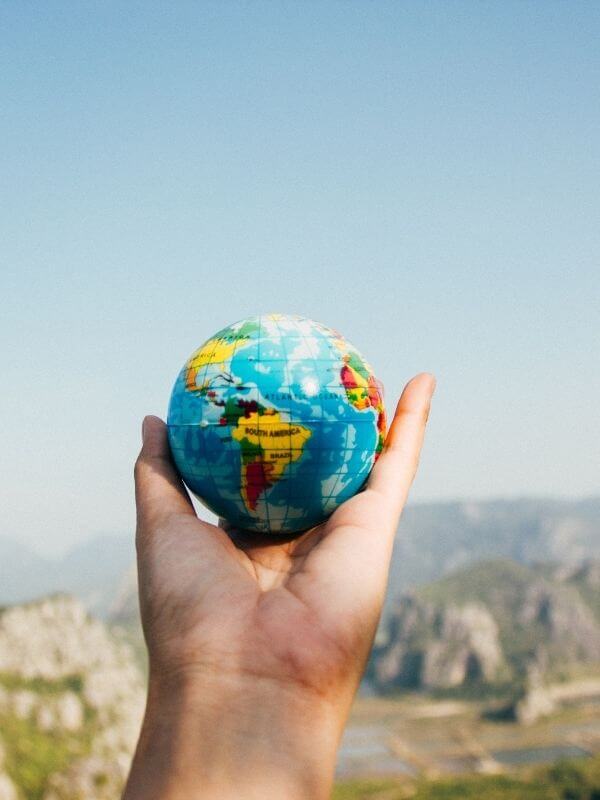
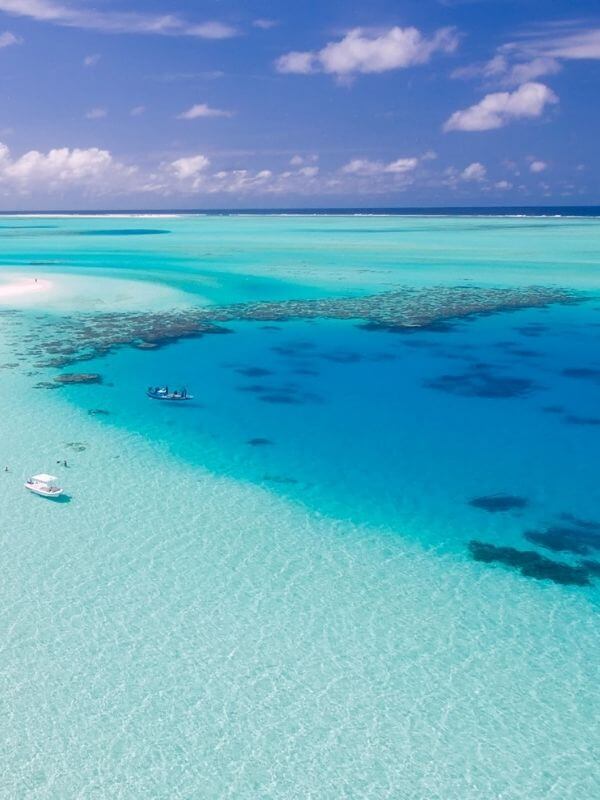
THE MALDIVES
The Maldives have opened their borders to international tourists on the 15th of July. There is NO mandatory quarantine on arrival to the Maldives. All tourists must present a negative PCR test for COVID-19 on arrival to the country. The test and negative PCR certificate must be taken not more than 96 hours prior to the scheduled time of departure from the first port of embarkation en route to the Maldives. Infants aged less than one-year-old are exempted from the aforementioned testing requirement.
A confirmed pre-booking at a registered tourist facility is a pre-requisite for the visa. Tourists are now allowed to stay in multiple tourist resorts or combine both in one stay, given the split-stay procedures are complied with prior to transfer from each tourist facility.
INDONESIA
Although Indonesia has not opened officially borders to international tourism yet, it’s still possible to travel there. Kelly Slater and many other pros made their way to Indo to score the dry season perfect waves without the crowds. How can you do like them? Get in touch with us and we will help you to get a special E-visa allowing you to stay up to 60 days (extendible 4 times) in the country.
Please note that Bali International Airport is still closed, so you would have first to travel to Jakarta and then get a domestic flight to your final destination.
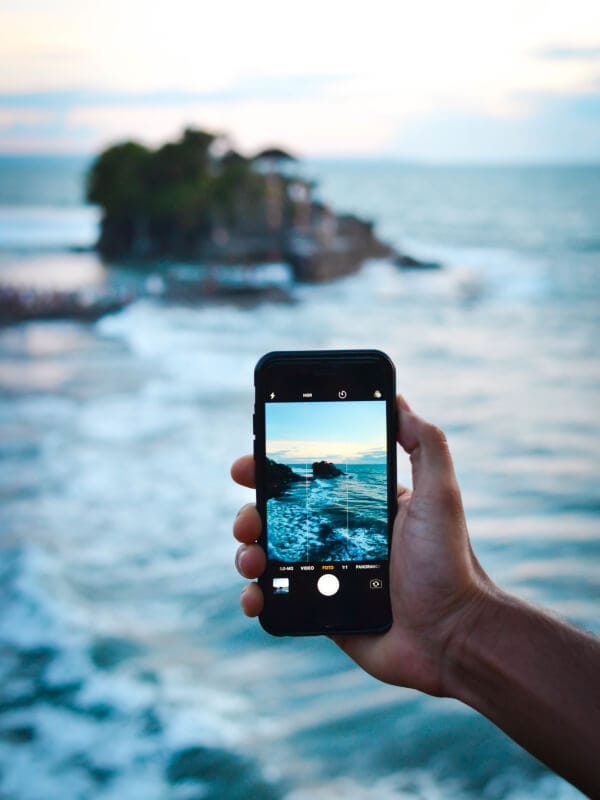

MOROCCO
Passengers will be required to present (negative) results of a PCR test for COVID-19 before being permitted to travel to Morocco, with the PCR test dating less than 72 hours from the date on which the sample was taken, not from the date on which the result was delivered, prior to departure. A confirmed hotel reservation in a classified hotel and tourist establishment must be presented at the airport. Passengers must complete a passenger health form online, then print and sign the form, to be presented on arrival in Morocco.
NAMIBIA & BOTSWANA
NAMIBIA:
Airports are open as well as seaports and some land borders.
Any person entering Namibia must present proof of a negative COVID-19 test on arrival in Namibia. If the negative result is less than 72 hours old, there is no quarantine requirement.
BOTSWANA:
On arriving in Botswana, you must present proof of a negative COVID-19 PCR test performed no more than 72 hours prior to your departure. After arrival, you will have to remain in contact with the local health authority for a period of 14 days for self-monitoring.
You will be screened for COVID-19 symptoms upon entry. If you show symptoms you will need to undertake mandatory testing and possible isolation or quarantine at your own cost.
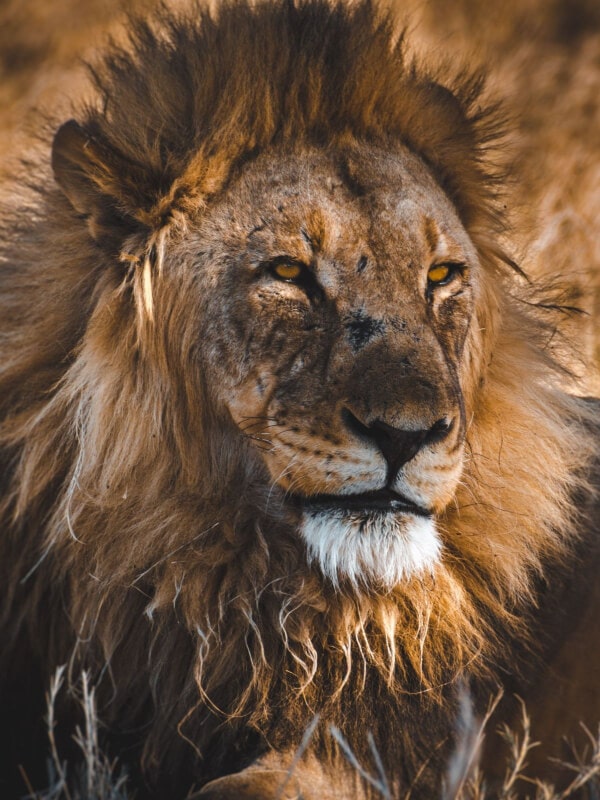

SOUTH AFRICA
International commercial air travel to South Africa has resumed. International air travel is restricted to Tambo International Airport (Johannesburg), King Shaka International Airport (Durban), and Cape Town International Airport.
Upon arrival in South Africa, you are required to present a paper copy of a negative PCR (polymerase chain reaction) test to border officials. The test must have taken place no more than 72 hours before your departure. You should carry several paper copies of your test as you may be required to present it more than once.
The South African authorities have said you must have travel insurance which should cover a COVID-19 test and quarantine costs in case you display COVID-19 symptoms whilst in South Africa. You will need to provide proof of accommodation upon arrival in case you need to self-isolate during your trip.
UGANDA
Entebbe International Airport re-opened on 1 October 2020. Land borders have also re-opened.
On arrival at Entebbe International Airport and at land border crossings, travellers will need to provide a negative COVID-19 test certificate issued no more than 72 hours before boarding the aircraft. Airlines have been directed not to allow passengers without a negative test certificate to travel. Infants aged three and under are exempt as long as the accompanying parents have a negative test certificate.
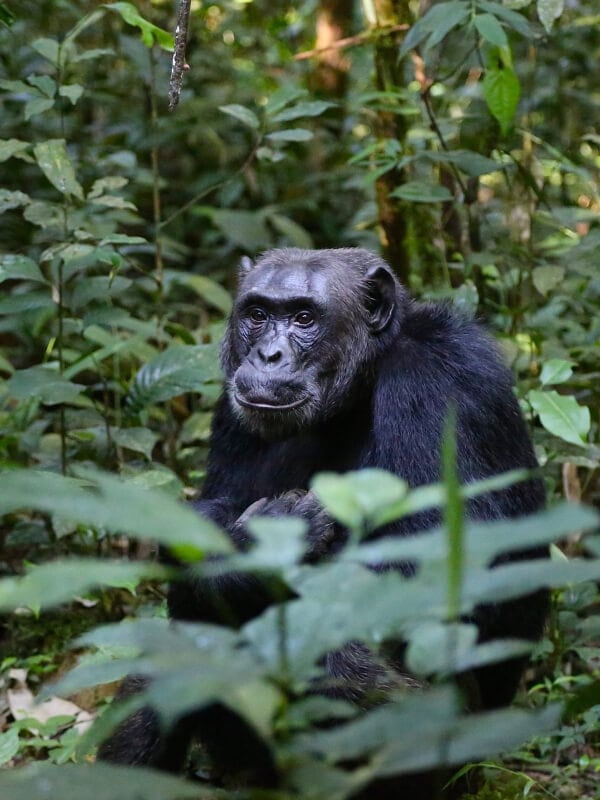
Receive Updates & promotions



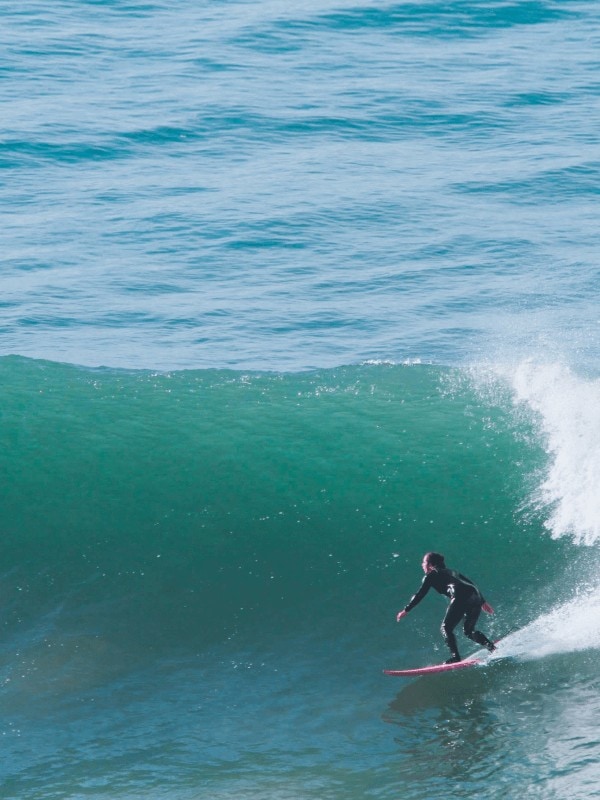
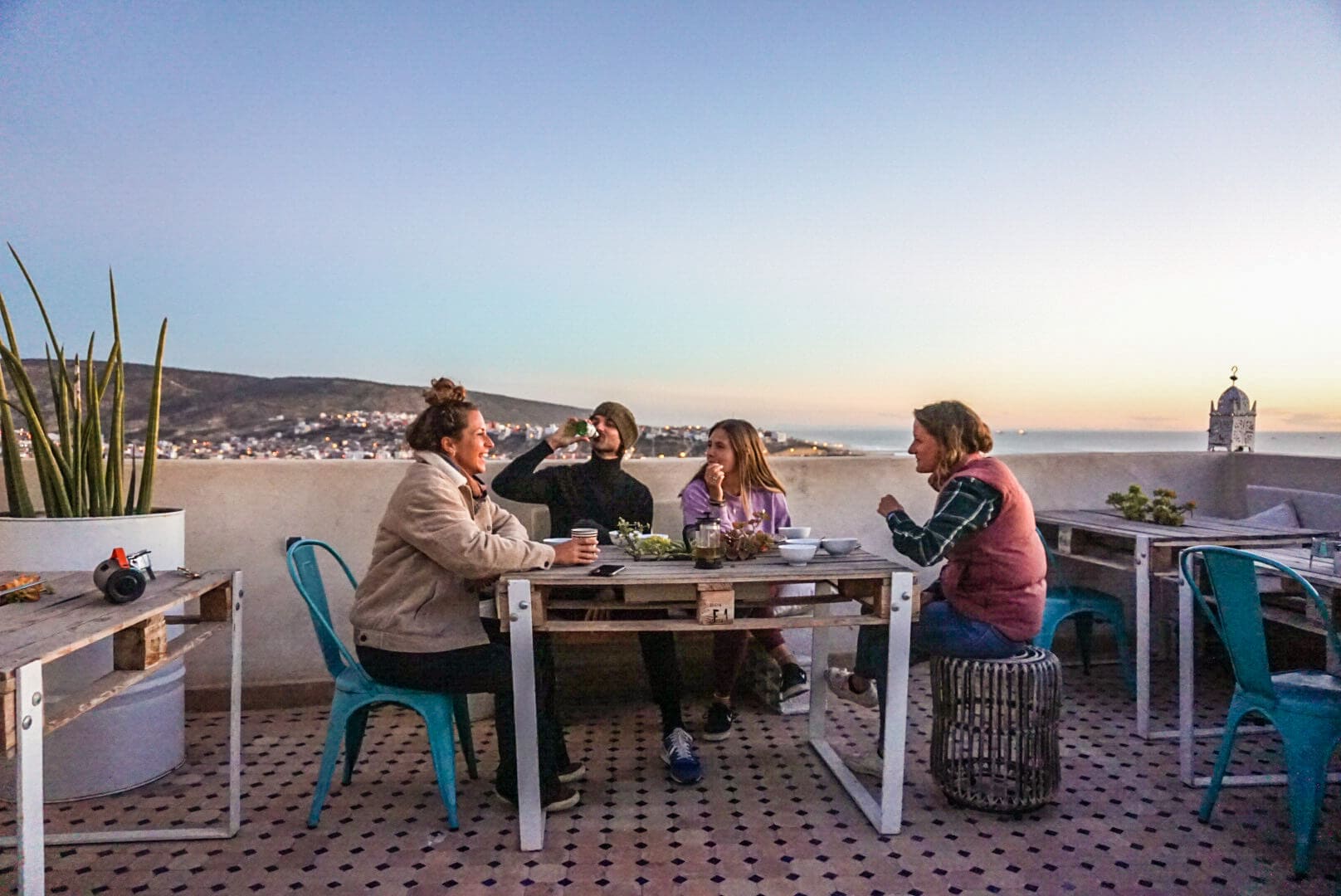
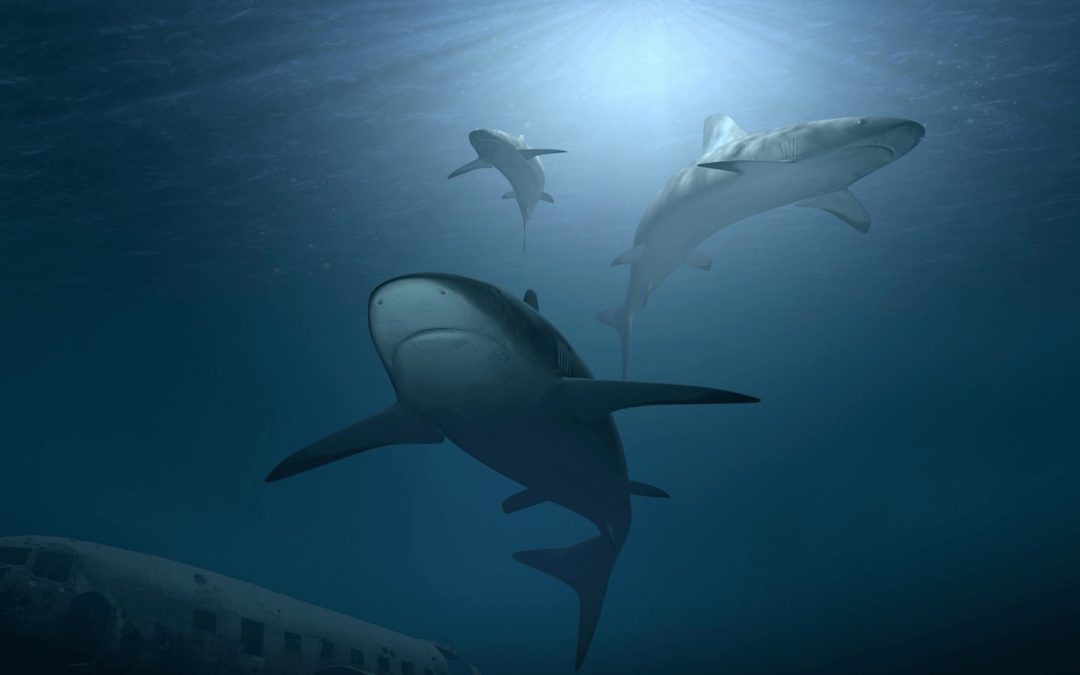
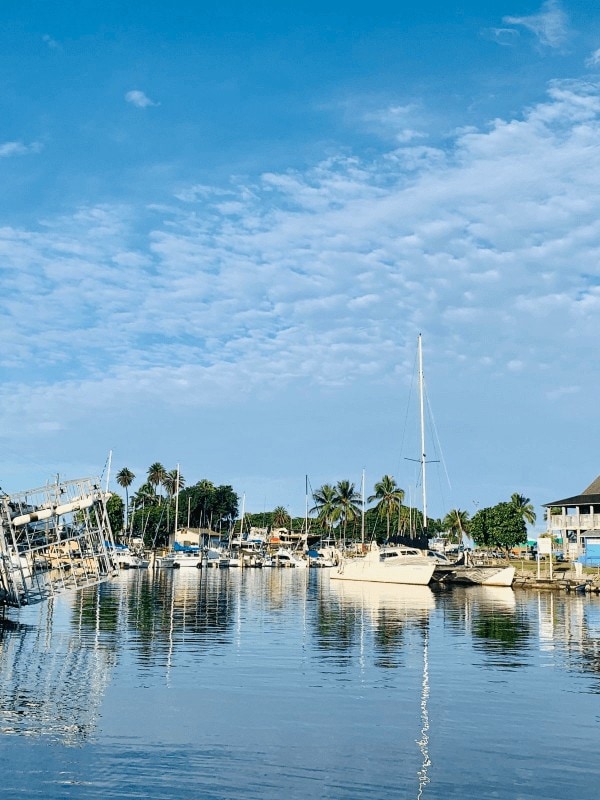

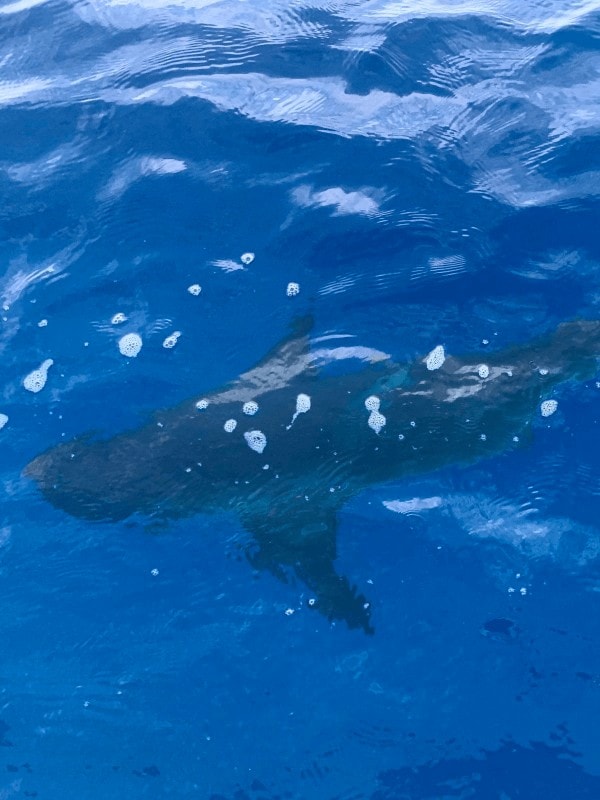

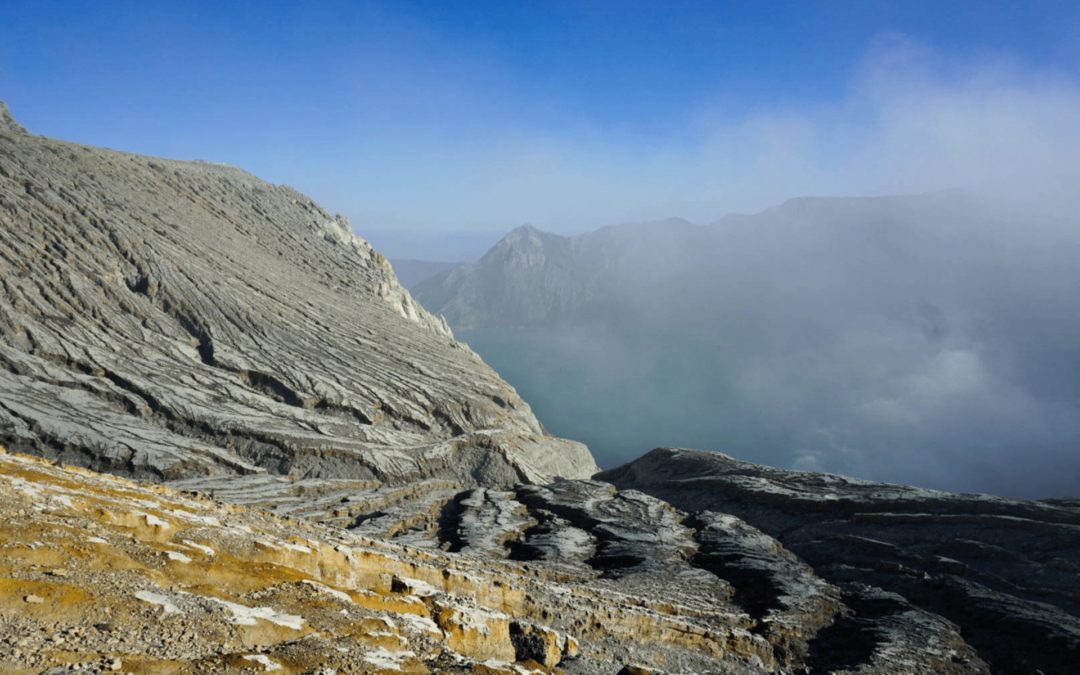
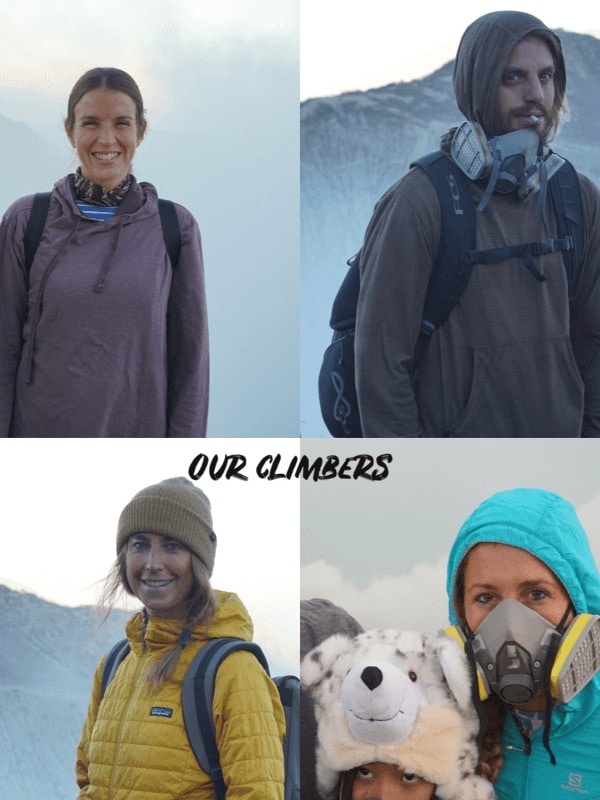
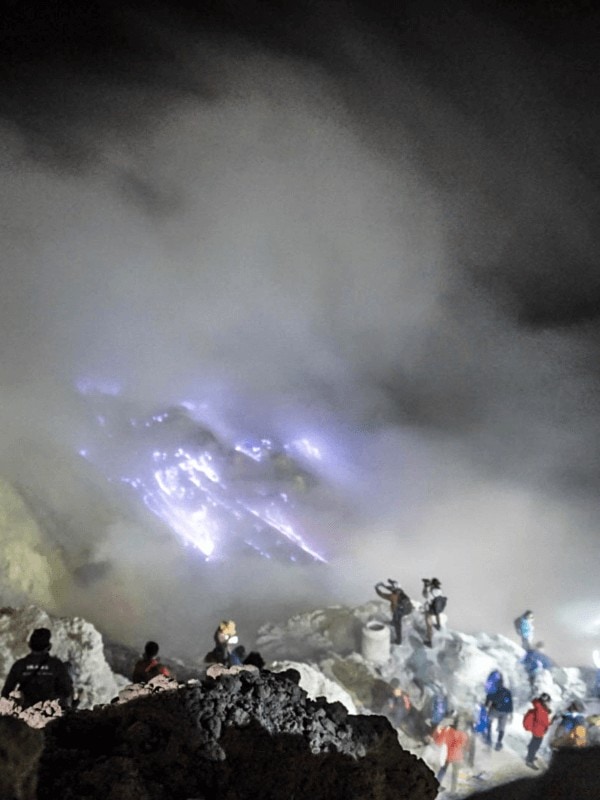
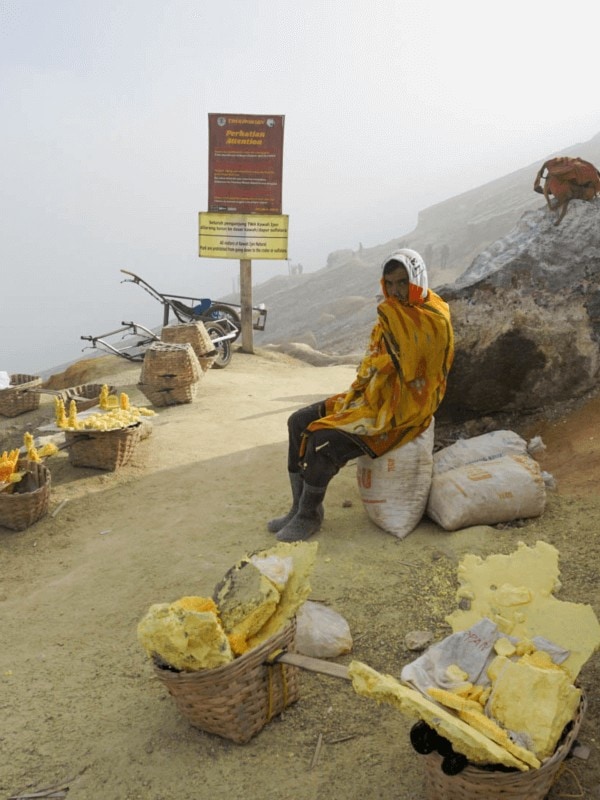
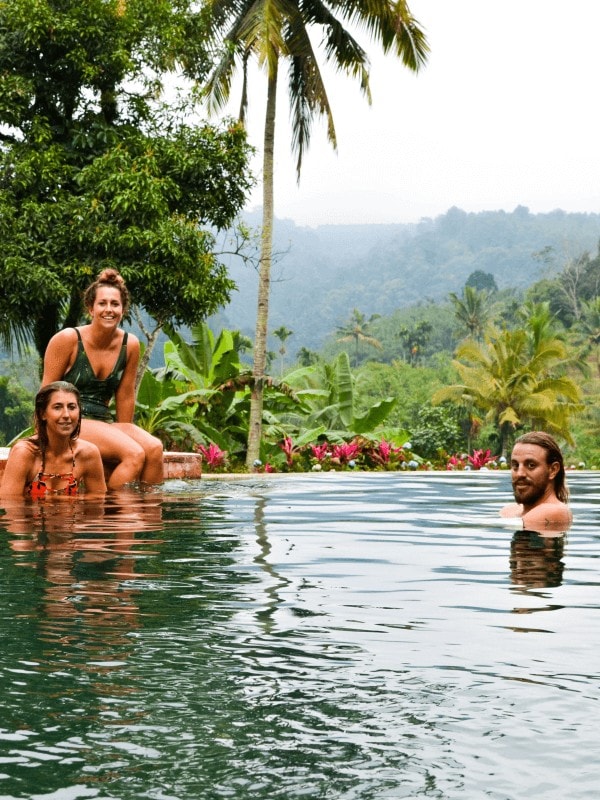
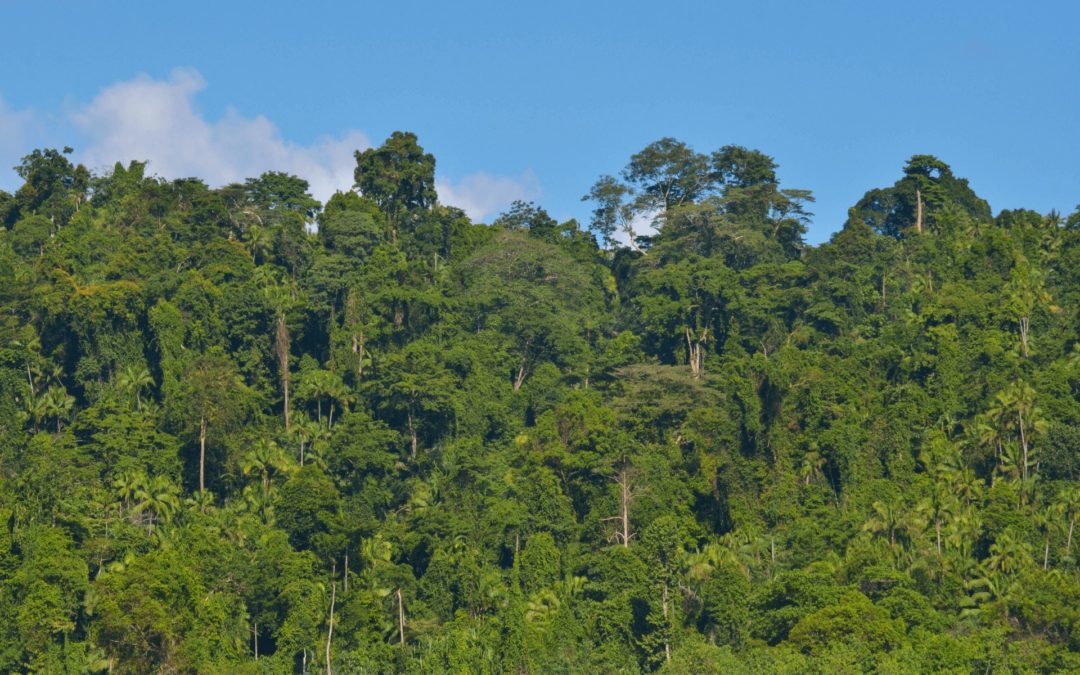
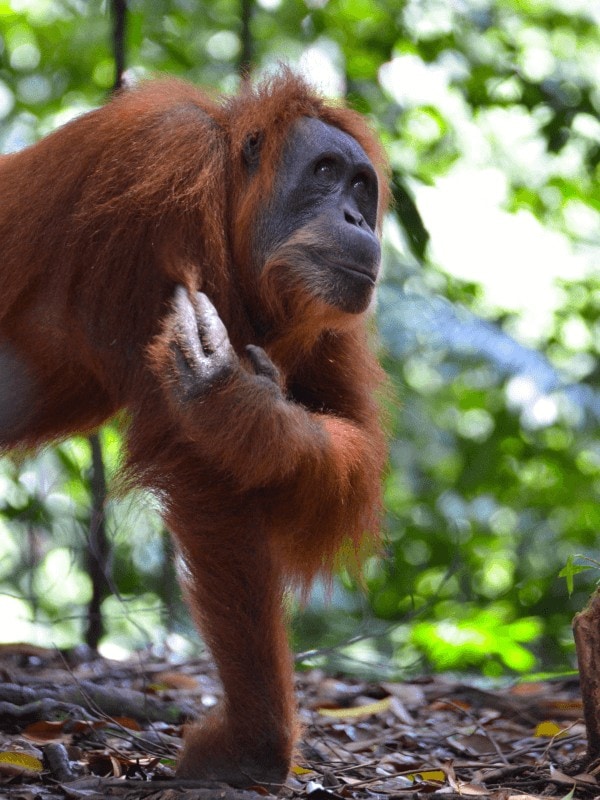
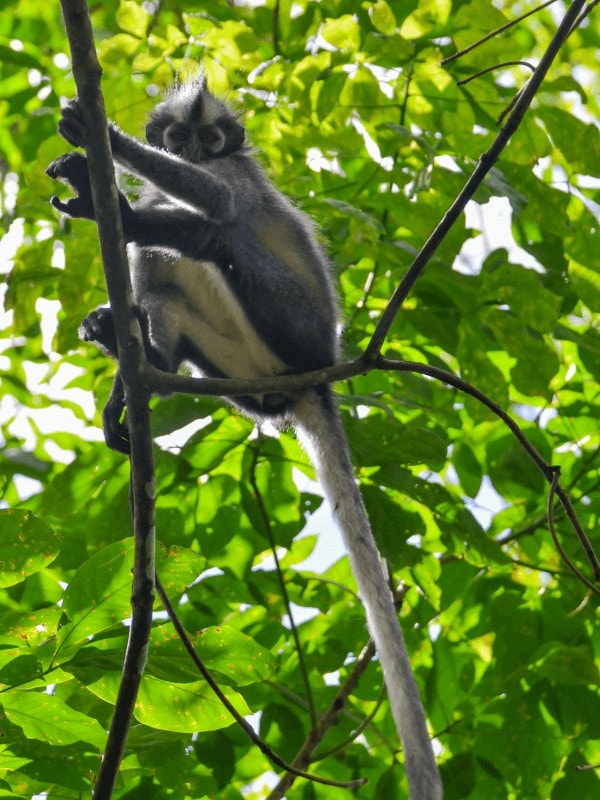
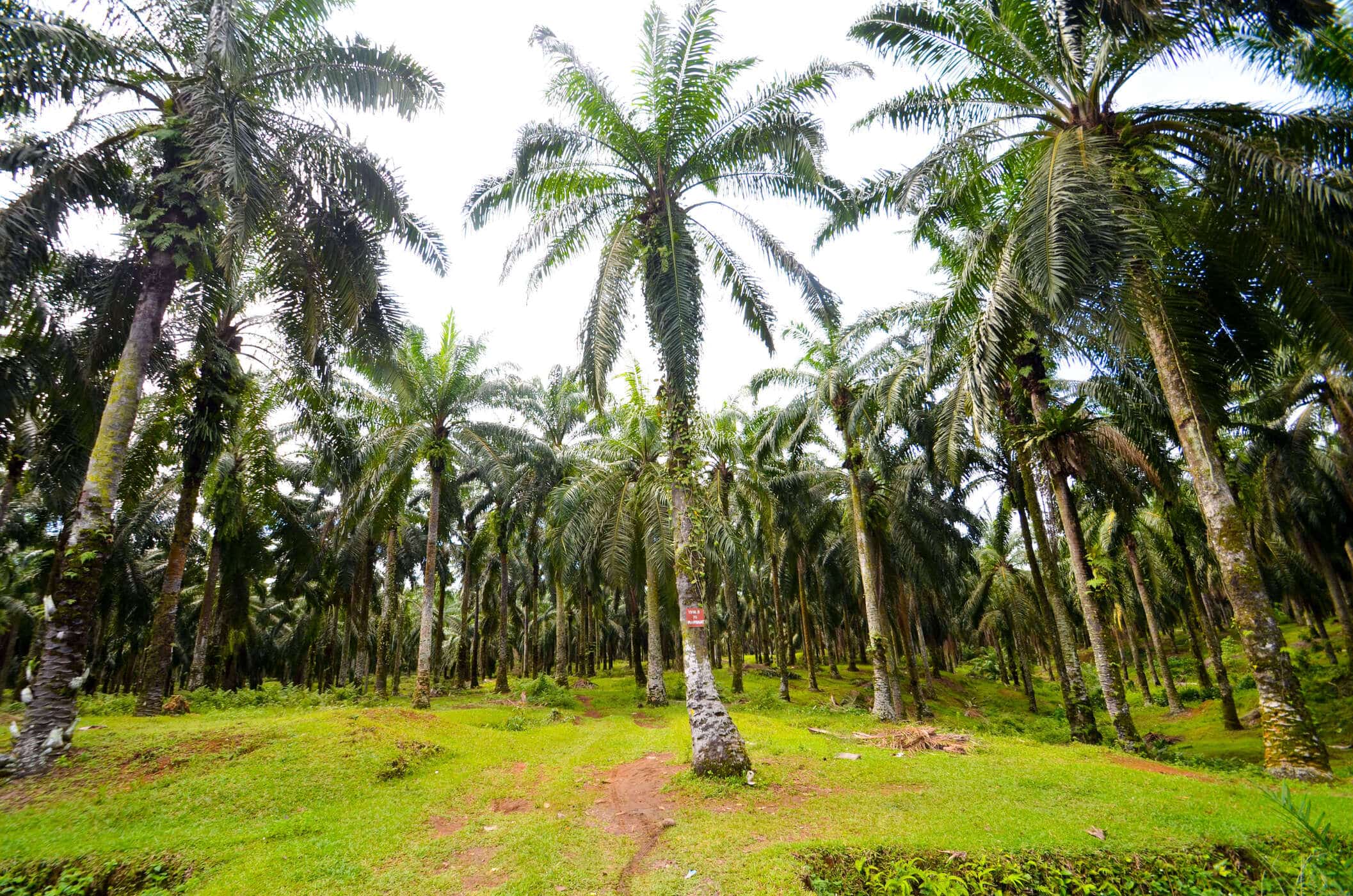

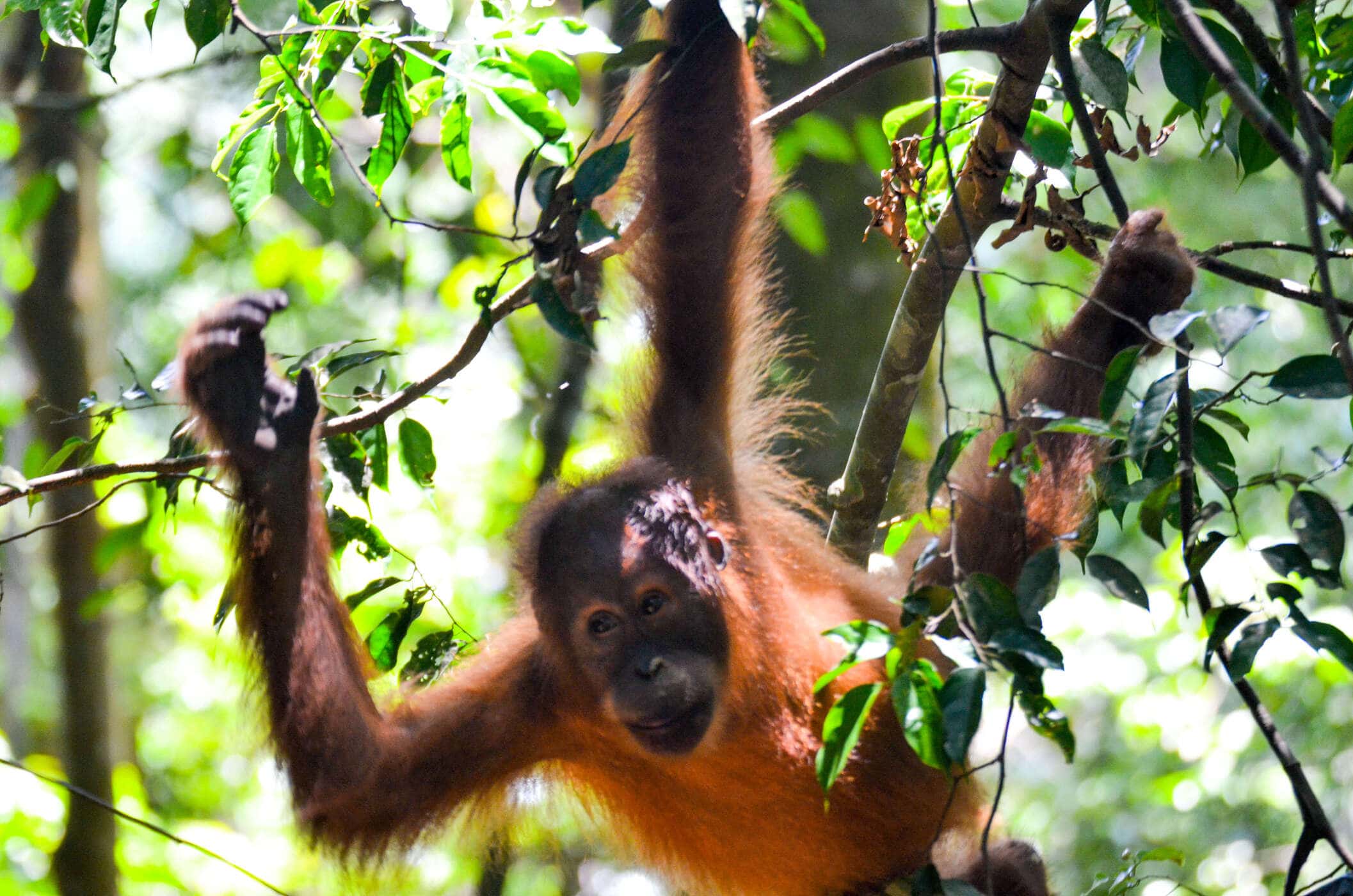
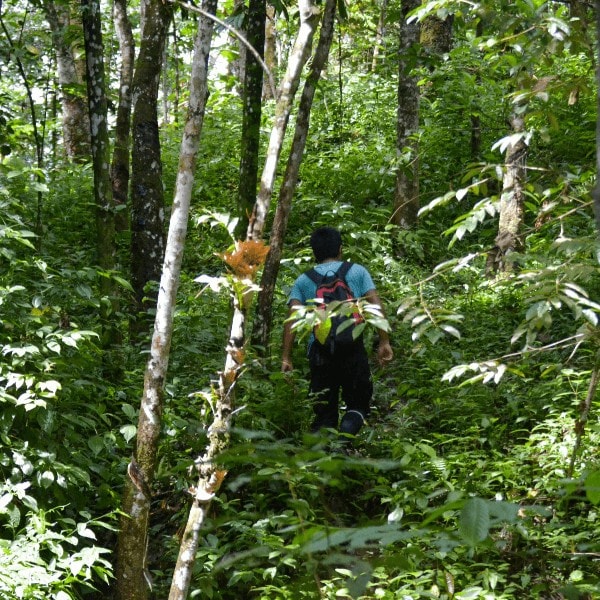
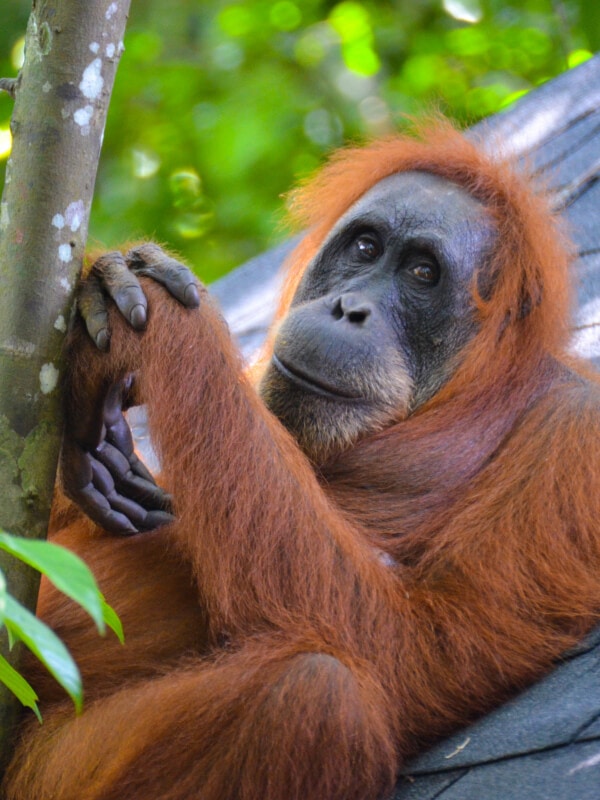
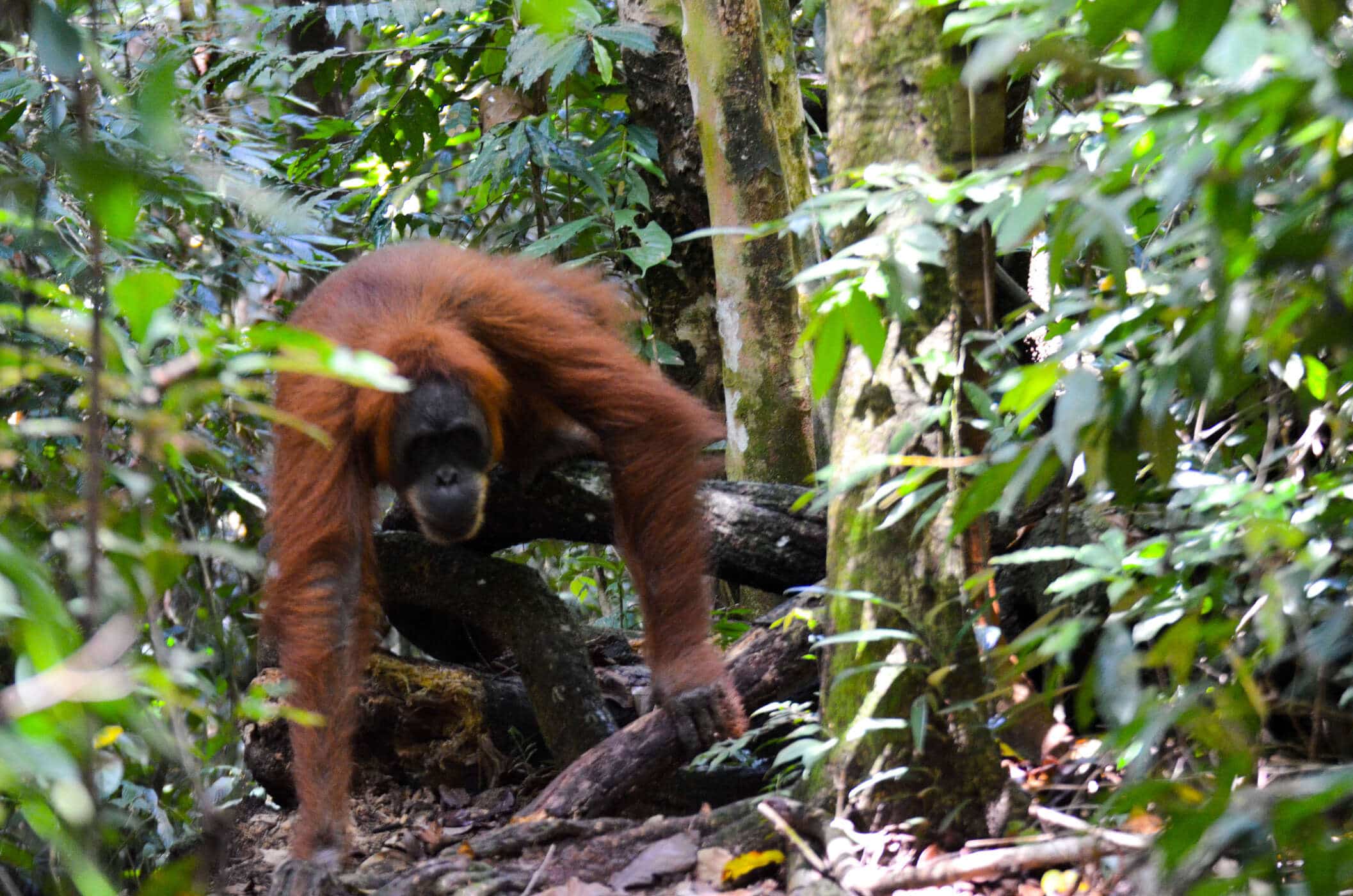
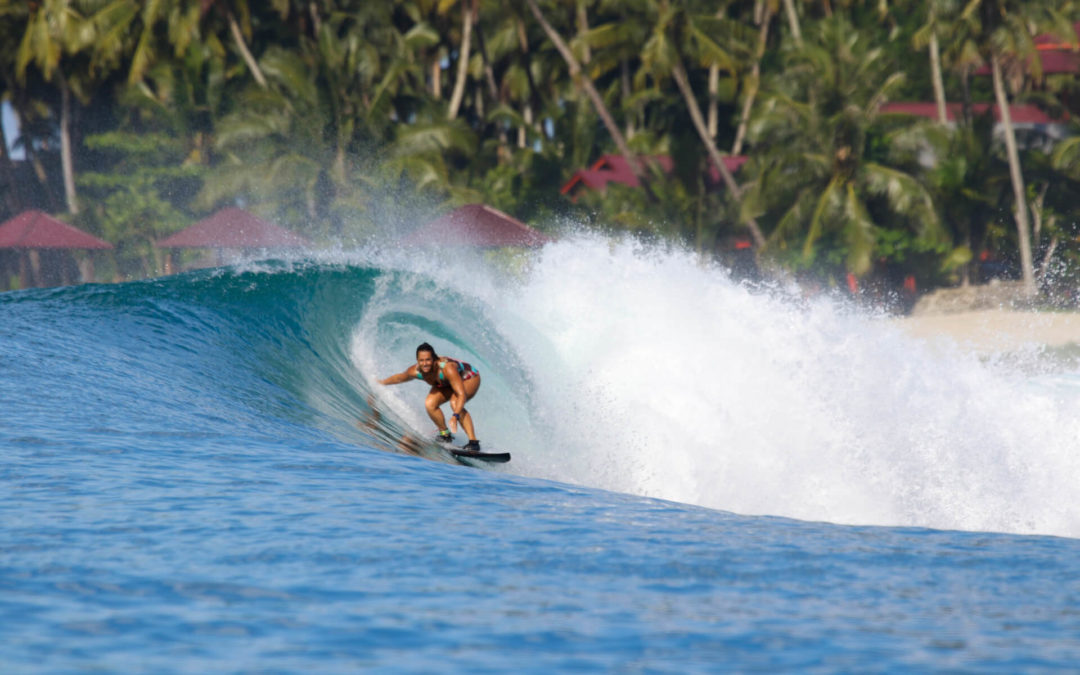

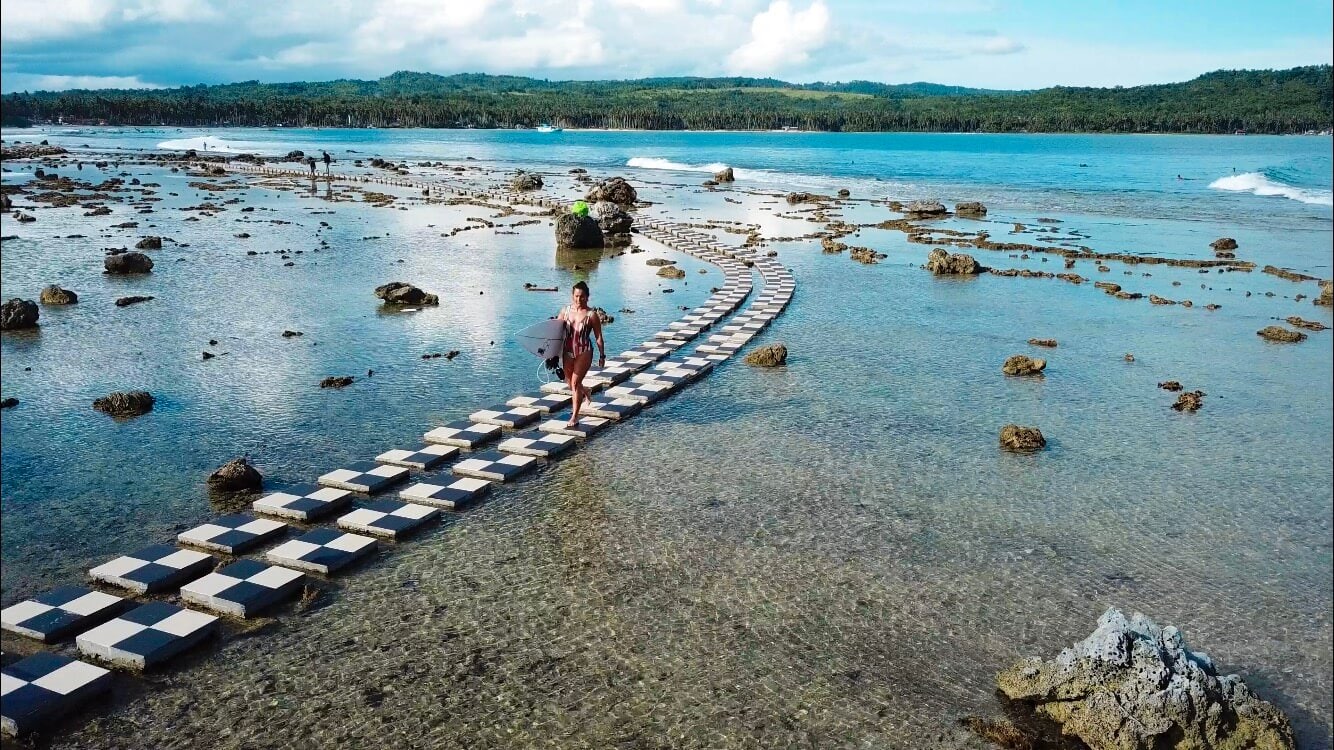

Recent Comments